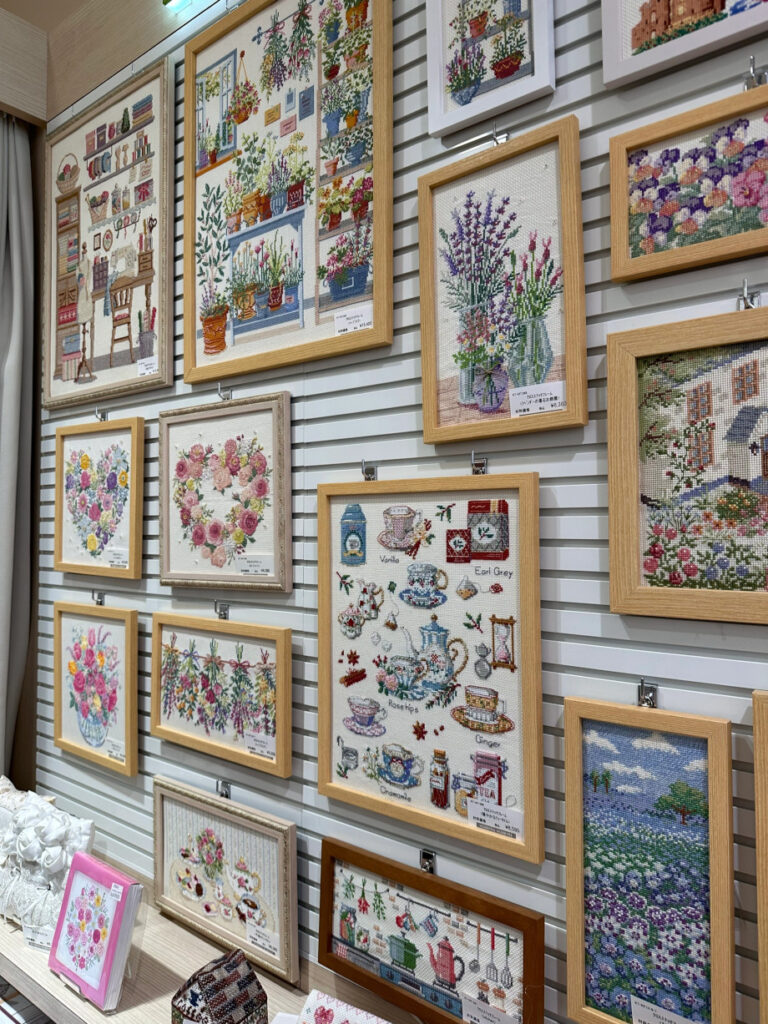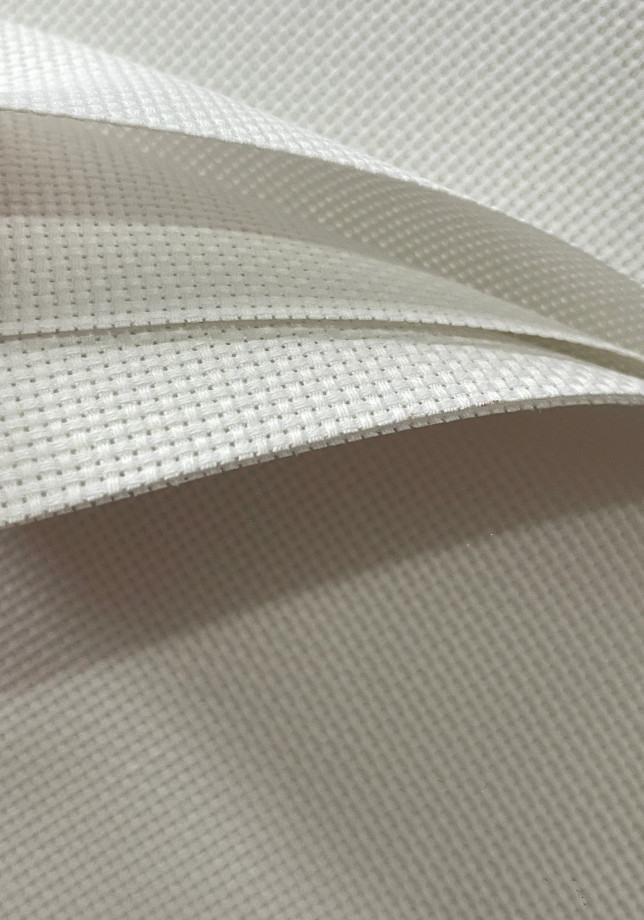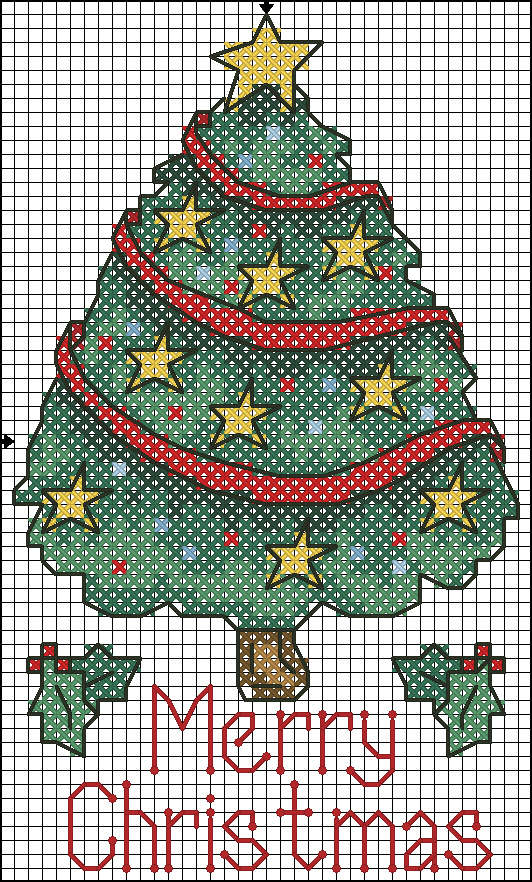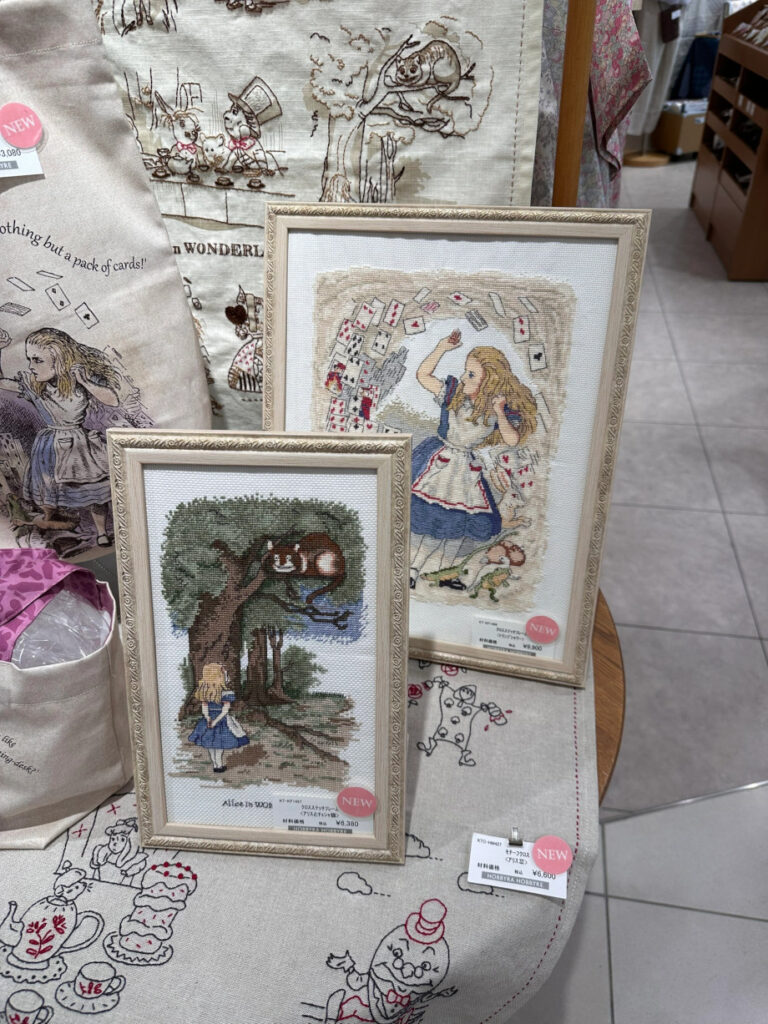
Cross stitch is a form turns plain fabric into art through the use of basic supplies and tools on cloth, with a needle, embroidery floss, and special fabric needed for your first project.
Each stitch forms an X on the fabric surface according to the pattern’s placement guide, with small designs suitable for new stitchers to practice.
The floss colors build the final picture through x-shaped stitches done on fabric, until your first piece, perhaps a flower or heart shape, takes shape for learning the method. Then, you will truely know how to cross stitch.
Contents
- 1 What Is Cross Stitch?
- 2 What Materials Do You Need to Start Cross Stitching?
- 3 How to Choose the Right Cross Stitch Fabric
- 4 Understanding Cross Stitch Charts and Patterns
- 5 How to Thread Your Needle Like a Pro
- 6 Start Cross Stitching and Make Your First Cross
- 7 How to Read and Follow a Cross Stitch Chart
- 8 Tips for Keeping Your Stitches Even and Neat
- 9 Common Beginner Mistakes and How to Avoid Them
- 10 Finishing Your Cross Stitch Project: What’s Next?
- 11 Key Takeaways:
What Is Cross Stitch?
Cross stitch is generally makes X shapes on special cloth, known as aida or linen, with each X forming one stitch as part of the building pattern.
As a basic type of hand embroidery, cross stitch is comprised becomes accessible to new crafters within a few hours through its simple X pattern, leading to complex designs over time.
With knowledge of just one stitch type according to the guide for beginners, you create art through your first project for development of skills toward bigger patterns.
What Materials Do You Need to Start Cross Stitching?
Through evenly spaced holes in the fabric on its surface, fabric with an even weave like aida or linen forms perfect squares as a guide for your stitches, with five basic items needed to start cross stitch.
From the many available strands of thread colors for your design, two strands create each X shape, while a blunt needle ensures safe stitching through the fabric.
With an embroidery hoop or frame for tight fabric tension and small scissors for clean thread cuts, these basic tools enable creation of your first cross stitch piece.
The fabric reveals stitch placement points according to the pattern’s color guide, with all tools compact enough for storage in a small box.
How to Choose the Right Cross Stitch Fabric
Pick fabric for beginners, a material with small counting squares, for your first project, with 14-count Aida indicating 14 squares within one inch of thread of space.

Through two perpendicular folds in the cloth, fold the fabric in half, you find the middle of the fabric at the intersection point.
The center point helps place your pattern in the right spot from the middle outward, with Aida fabric’s squares as guides for stitch placement.
Understanding Cross Stitch Charts and Patterns
A cross stitch pattern shows your design on a grid through boxes, with each box represents one cross stitch on the fabric and marks or colors indicating thread choices.

The pattern helps track your progress from the centre of your fabric outward, with the design expanding from this middle point.
Your work stays centered on the evenweave fabric through one-to-one matching of chart squares to fabric squares, ensuring adequate space on all sides of your work.
How to Thread Your Needle Like a Pro
You learn how to cross stitch to put thread in your needle first, after cutting a piece of thread from the big string with thread you need needed for most patterns.
You pull the threads apart with care, with the thread fold it in half before you push the thread through the needle’s eye.
You keep the thread at the back neat and straight, without twists or knots, with the loose end of the thread at two inches long.
The right thread count makes clean stitches, according to pattern rules, while new stitchers use two threads for practice.
Start Cross Stitching and Make Your First Cross
Make a knot to hold your thread on the back of your fabric, with stitches staying firm through this method called the waste knot.
Start stitching your first X in the fabric center, as you push the needle up from the bottom left to top right through to the top stitch.
Make the second stitch part of your X next through the bottom right to top left hole, with the needle down through the top left to finish.
Each X needs the same stitch pattern with previous stitch lines in the same direction, as your X shapes look neat when they match.
How to Read and Follow a Cross Stitch Chart
Find the middle mark on your chart at your fabric in half, with each mark for one color of thread.
Pick one color to stitch at a time with done parts marked by a bright pen, as the chart shows meanings for each symbol.
Your work grows from the center out through counted squares for right placement, while the guide to cross guides each stitch around the edge you make.
Keep track of finished sections with marks in small blocks of the same color, for a pattern clear to follow.
Tips for Keeping Your Stitches Even and Neat
Use an embroidery hoop in a hoop for flat and tight cloth, as your stitches look better in a tight hoop.
With the same force for each stitch, pull the fabric without excess force that bends fabric squares, while light pulls keep the cloth flat.
Finish one full x stitch before the next X, with both lines made right away, without half cross marks left on your work.
Clean stitches show your pattern well, through X marks of the same size and shape, as your work looks good with neat stitches in place.
Common Beginner Mistakes and How to Avoid Them
New cross stitch makers make common mistakes with simple fixes, as each wrong step brings learning.

Start each project in the middle with squares counted from the center point, since your design needs space on all sides.
Secure the thread knots with care for strong thread holds in the back, without loose threads for weak stitches.
Pick 14-count aida cloth first with big, clear squares, as the holes show up well for new hands.
These tips make your work better through clean and neat projects, while good habits build nice counted thread embroidery art.
Finishing Your Cross Stitch Project: What’s Next?
Your work needs good end steps, with last parts for nice looks, as each end task helps the work last.
Following cross stitch threads in the back of the fabric under done stitches, with threads staying firm this way.
Clean your work in cool water, with flat pressing between soft cloths, as the iron goes on the back side.
Put your work in a frame or hoop for safe art, with stitches staying neat behind glass.
With good end steps as proof of skill, your frame makes the work stand out, as form of counted thread embroidery art looks nice on the wall.
Key Takeaways:
Everything you need to know about using X marks on cloth for new hands to learn fast, as the steps make sense with time.
Pick best cross stitch first with big, clear squares, while counted holes place each stitch.
Start your work in the center from the chart’s X mark points, as your design grows from the middle out.
Your hoop keeps cloth flat and firm for neat stitches on tight fabric, with each X clean on flat cloth.
Check out our cross stitch hoop to keep cloth flat with strong holds for threads in place, since no loose ends means better art.
Start in the middle each time through counted cloth squares, with fabric right for your skill.
Wash your done work in cool water with flat pressing through care and heat, before frame display.
These steps lead to good results through first part of the stitch skills, as you make more art in cross stitch fun.